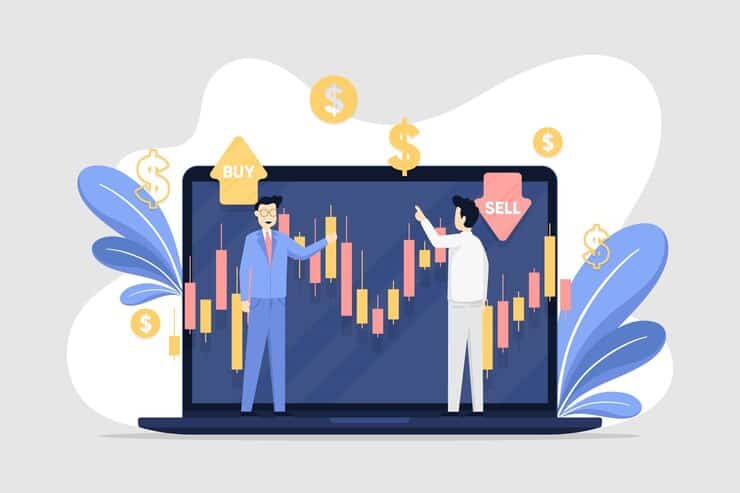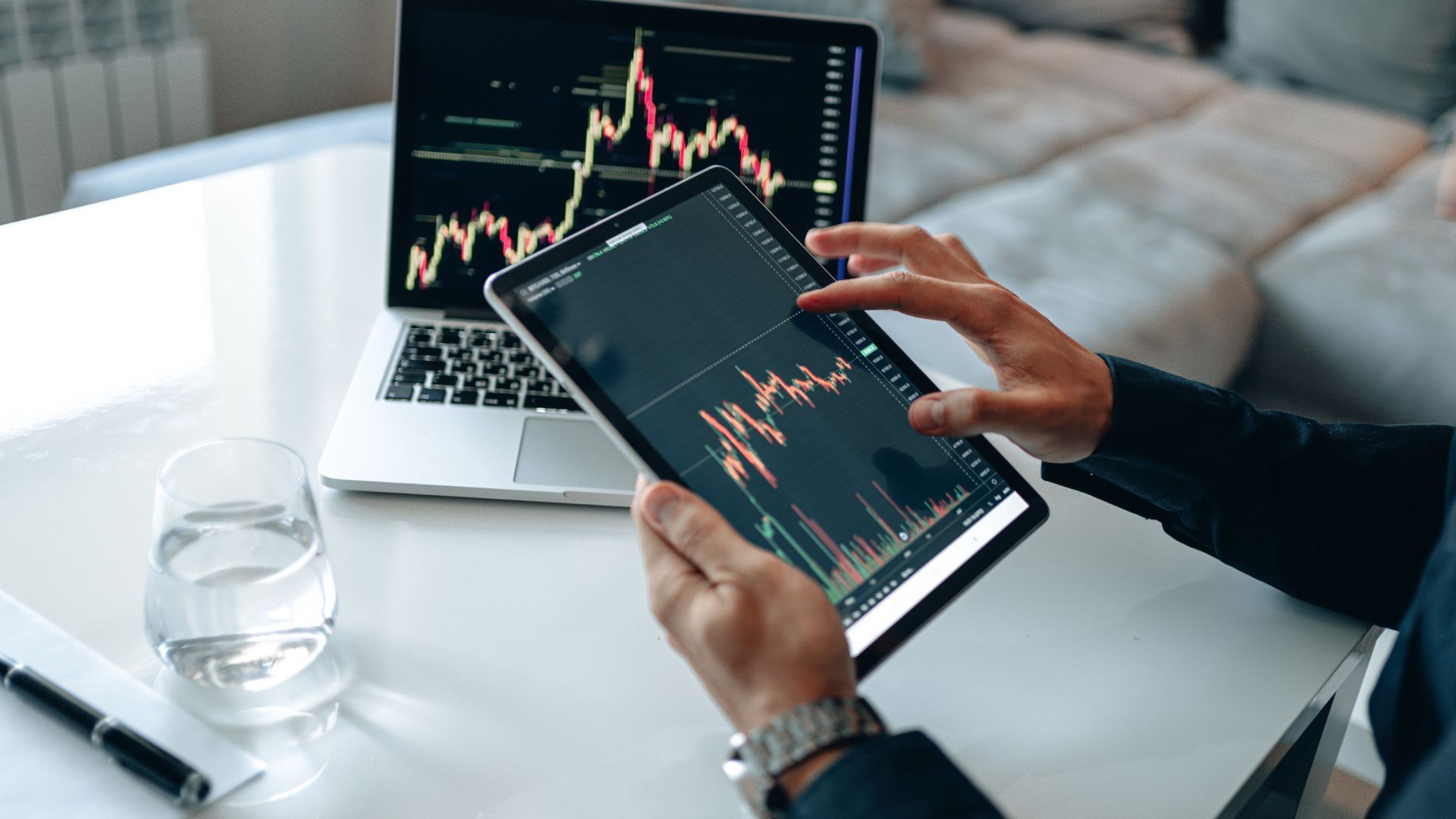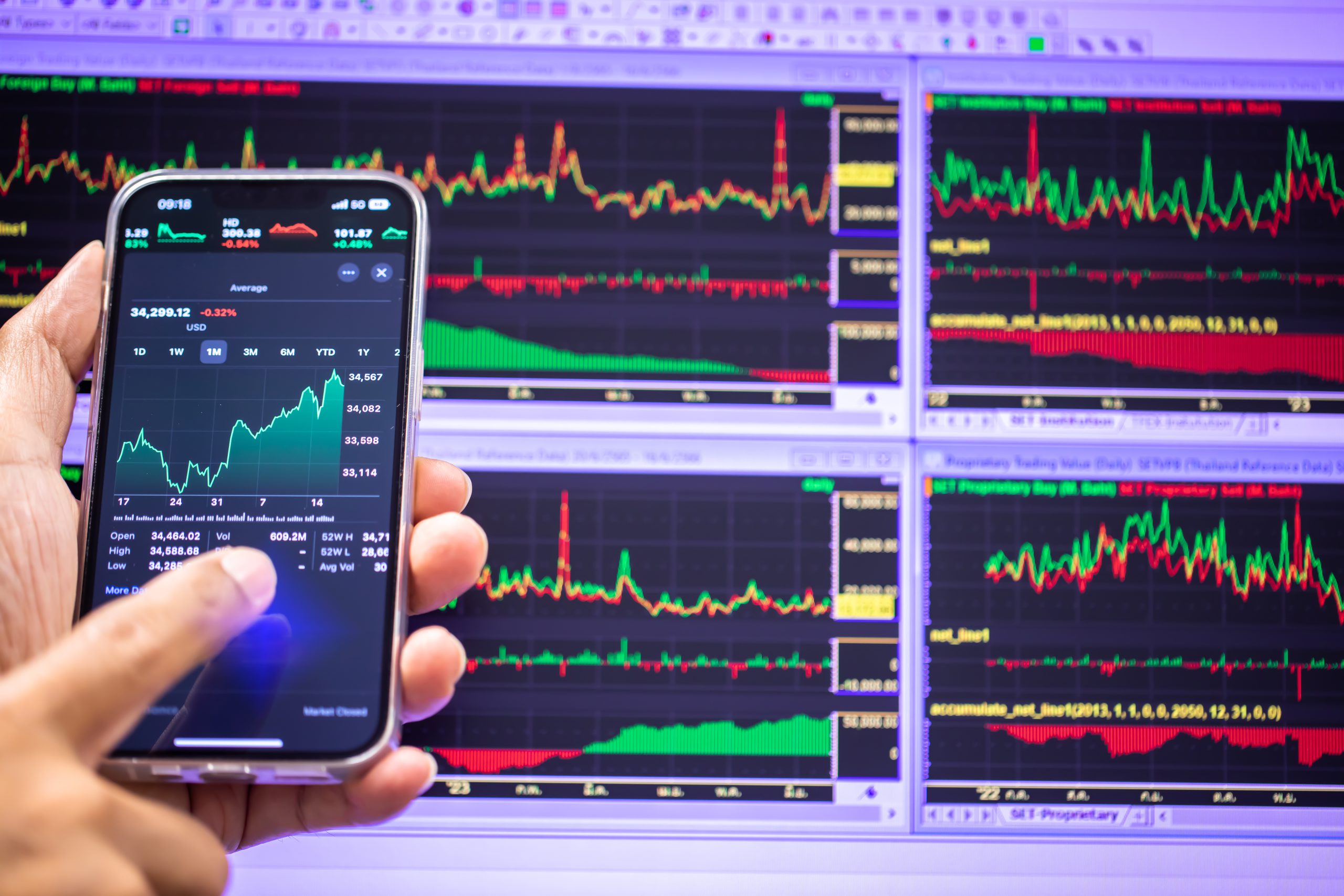Focus on Daily Pivot Points
In forex trading, focusing on daily pivot points is essential to executing successful trades. They help you identify entry and exit points of your trade, pivot points serve as markers for every trade. You can use a pivot point calculator to calculate the exact pivot points in a trade for right entry and exit. A small delay in your entry and exit points can make the difference between profit and loss. However, you must first analyse yourself before utilising pivot points. Understand what motivates your trading decisions – is it greed, fear, or a well-calculated strategy? Your emotional triggers can significantly impact your trading outcomes.
Next, consider the timeframes you are working with. Pivot points can be applied across various timeframes—daily, weekly, or even monthly. The more timeframes you use them in, the more accurate your predictions will be. It is similar to consulting a second or third party before making an important choice. However, make sure your goals align with your chosen timeframe and trading style. Are you a day trader looking for quick profits, or are you more of a position trader willing to wait for the right market conditions? Your actions should be the result of your goals.
When it comes to indicators, don’t rely solely on pivot points! Combine them with other indicators like the Relative Strength Index (RSI) or stochastics for a more comprehensive view of the market. These additional indicators can validate or challenge the signals you get from the pivot points. Together, they can make your strategy more robust.
The next thing you need to take care of is your trading methodology. Whether you’re using technical analysis, fundamental analysis, or a mix of both, stick to your chosen methods. Be consistent with your trading strategy. Make changes to it over time to make it more reliable. One thing that you can’t ignore when using pivot points is your risk tolerance.
How much are you willing to lose for a potential gain? If you understand this well, you can set an appropriate risk-reward ratio. Always determine the profit target you want to achieve. A profit calculator can help you set a realistic target for each trade.
Trade Successfully
In trading, your strategy is the dealbreaker. Wins or losses, whatever outcome you get from your trades, are ultimately the result of your strategies. For retail traders, medium-term strategies often work best. These are neither too short to be considered gambling nor too long to lock up your capital unnecessarily. The first step in adopting such a strategy is to define your trading goals. Are you looking to make quick profits? Or do you want to achieve long-term financial stability? Your goals will dictate the approach you take.
Once you’ve set your goals, the next step is to master your trading platform and its tools. Familiarise yourself with all the features. From basic to advanced, you should know everything about your trading platform. The aim is to make profitable trades with minimum risk and for this, trading calculators will be of great use. You can easily calculate different values using a trading calculator, like pip, leverage, margin, position size, etc. For example, if you want to calculate the number of lots you need to trade with to capture a certain amount of pips, then you can use a pip calculator for that purpose, which gives you the pip value in your account’s base currency according to the pair you wish to trade along with the lot size.
Know your risk
The next thing you need to know is your risk. How much of your capital are you willing to risk in a single trade? You should align this risk with your overall trading goals and the strategy you’ve chosen. If you choose a realistic risk tolerance, you will be able to focus more on the trading results. You will also avoid blowing up your trading account.
Use indicators to strengthen your strategy
To strengthen your trading strategy, you can rely on different trading indicators. Consider Exponential Moving Averages (EMA), Moving Average Convergence Divergence (MACD), and Simple Moving Averages (SMA). If used together, they can provide you with more reliable signals. Moreover, you can confirm trends, identify potential reversals, and even signal entry or exit points.
Use both fundamental and technical analysis
Successful trading is the result of your market analysis This involves studying various indicators and recognizing chart patterns – also known as technical analysis. Another type of analysis is fundamental analysis, where you check what affects these currency values. A well-rounded approach, having a mix of both fundamental and technical analysis, will give you a complete picture of the market.
Practice on a demo account
Building your strategy is one of the most challenging parts of trade. Therefore, a demo trading account is suggested for traders. Like a live account, this account gives traders exposure to the same kind of trading environment and expects you to trade in this account with virtual currencies. You can use the time spent on a demo account to build your trading skills. When you build your trading strategy, try to align it with the trading lifestyle of your choice. Whether it’s day trading, swing trading, or position trading, choose a style that doesn’t compromise your risk tolerance.
Preserve Your Capital
Trading gets a lot of attention because of the leverage. If you use leverage, you can take on bigger trades, even if your initial trading deposit is low. However, this leverage also carries a bigger risk: the same way it amplifies your earning potential, it can also amplify your risk. The latter part is what many traders ignore, as they are too focused on making more trades. But what a trader needs in his winning strategy is a risk management strategy.
Risk management
Since risk management is non-negotiable, you need to incorporate all the necessary tools to preserve trading capital. Always set stop-loss. Implement take-profit levels for each trade. Moreover, these tools help you trade systematically, removing emotion from the equation. In addition to basic stop-loss orders, you can also use trailing stops. These automatically adjust as the market moves in your favour. This way, you can secure more profits while still limiting downside risk. Though this is an advanced trading strategy, you can apply it over time.
Capital Requirement
Capital requirements are another thing you need to take into account. If you take a higher risk, there is a higher chance of losing your trading account if it is not managed. But there is also a higher chance of making a profit if you know how to preserve it. Make a decision wisely; risk only a small percentage of your trades. It is better to start with a small account. Also, keep spare capital in your trading account to withstand market volatility and hold positions open during drawdowns.
Review your strategy regularly
Your strategy needs to be updated from time to time because of the market’s abrupt movements. This is important to preserve your trading capital as well. If your strategy is flawed and not in tune with current scenarios, it will not give you the results you expect. Moreover, you would be on the verge of losing your entire account. Thus, regularly review your trading strategy. As necessary, modify your approach; however, before applying any changes to your live account, make sure they are fully tested. For a more comprehensive testing approach, keep a trading journal to monitor and improve your performance. Record your trades, strategies, and emotions. Review your journal periodically to assess your trading performance.
Key Takeaways
Here are the important takeaways for building a successful forex trading strategy:
- To create a strong strategy, combine daily pivot points with other indicators to identify entry and exit points.
- Adopt medium-term strategies. And align them with your trading goals and risk tolerance.
- For efficient trade execution, master your trading platform and its tools.
- Implement risk management techniques like stop-loss and take-profit levels to preserve capital.
- Regularly review and adjust your trading strategy to adapt to market conditions.
- Always practise on a demo account to build skills and test your strategy before going live.
- For long-term success, make an effort to uphold self-control, flexibility, and a dedication to lifelong learning.

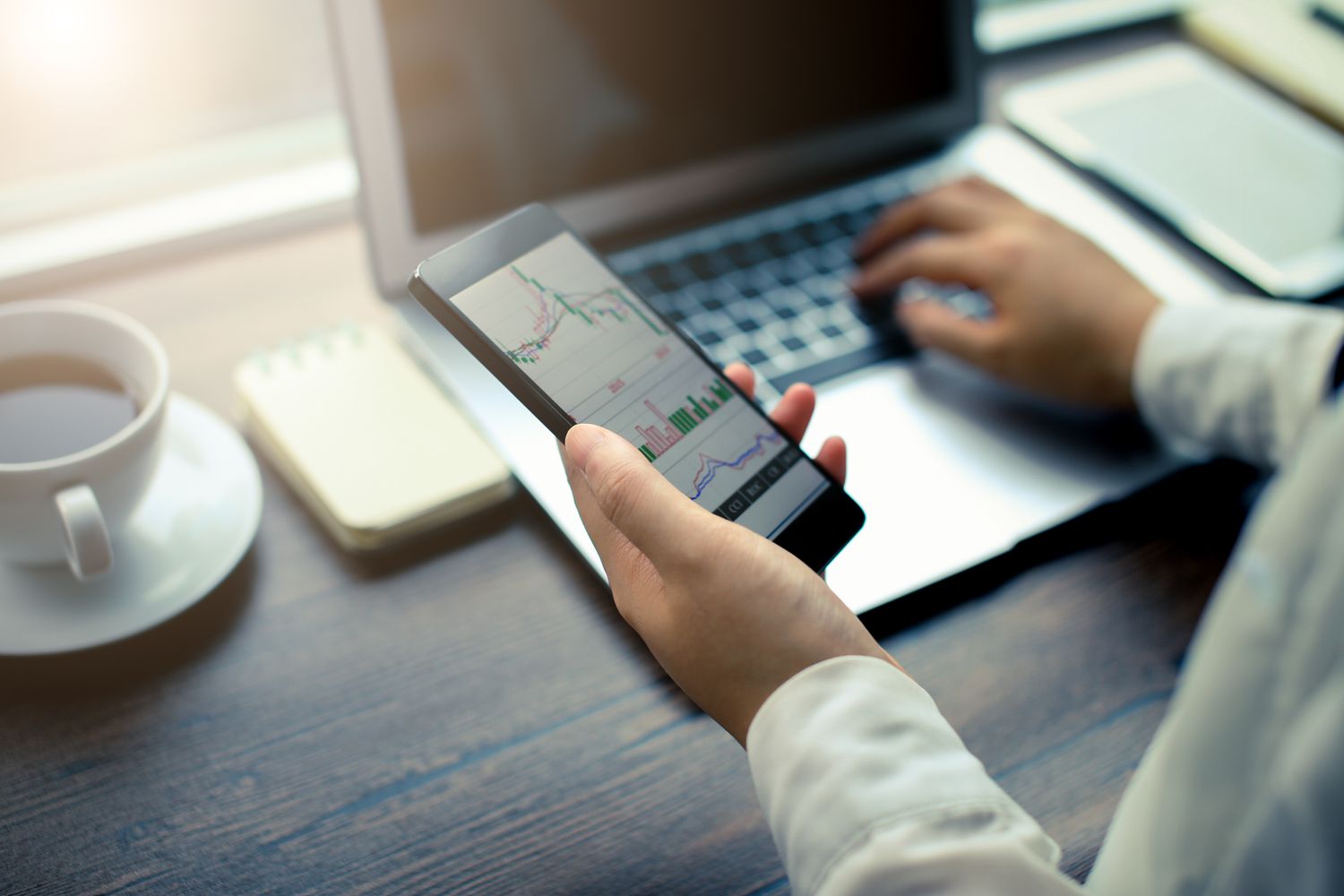

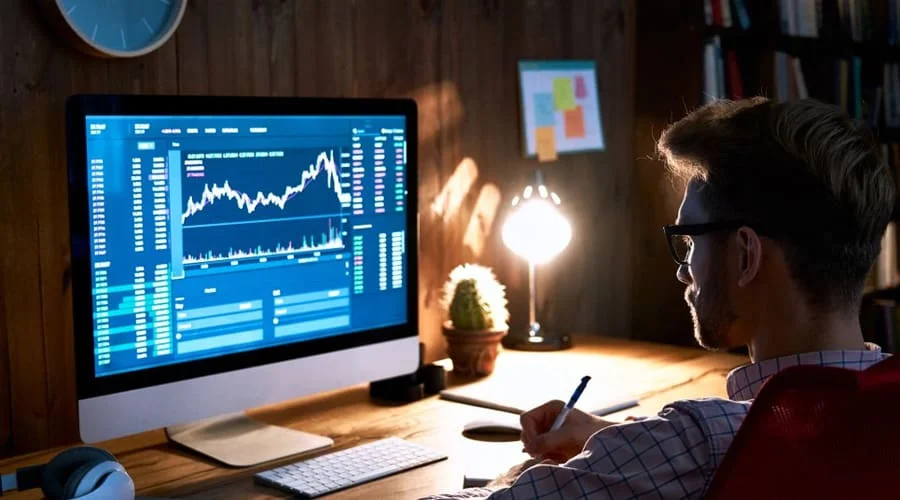
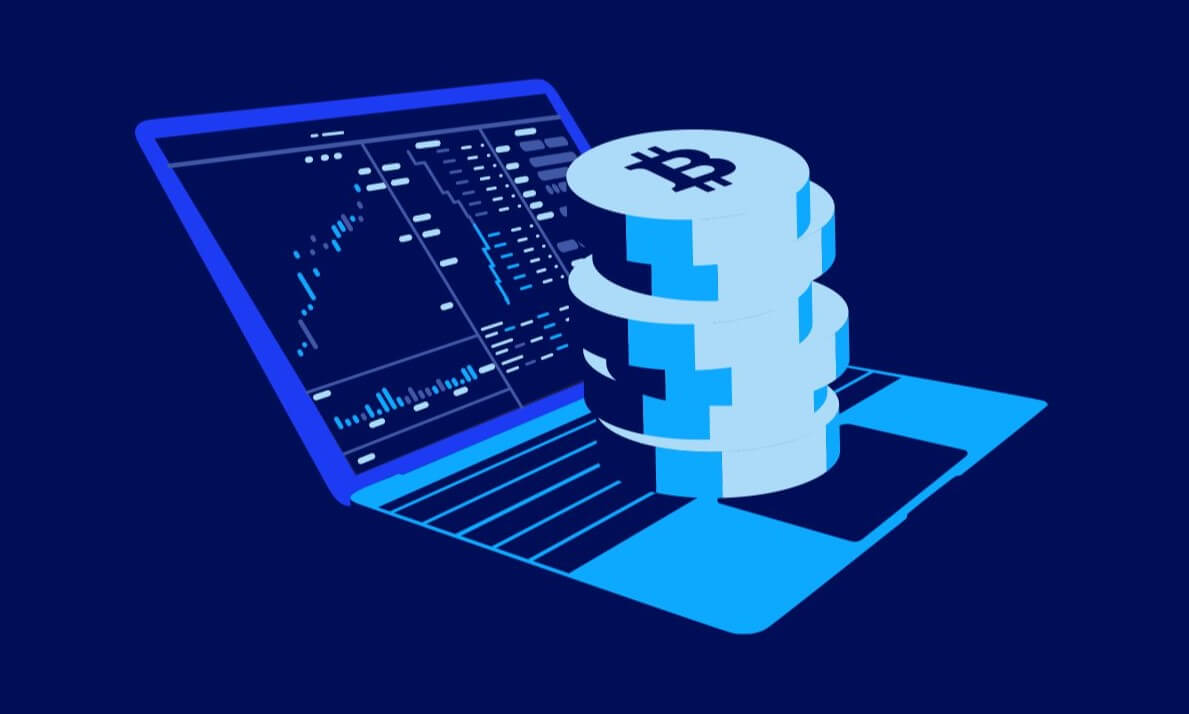


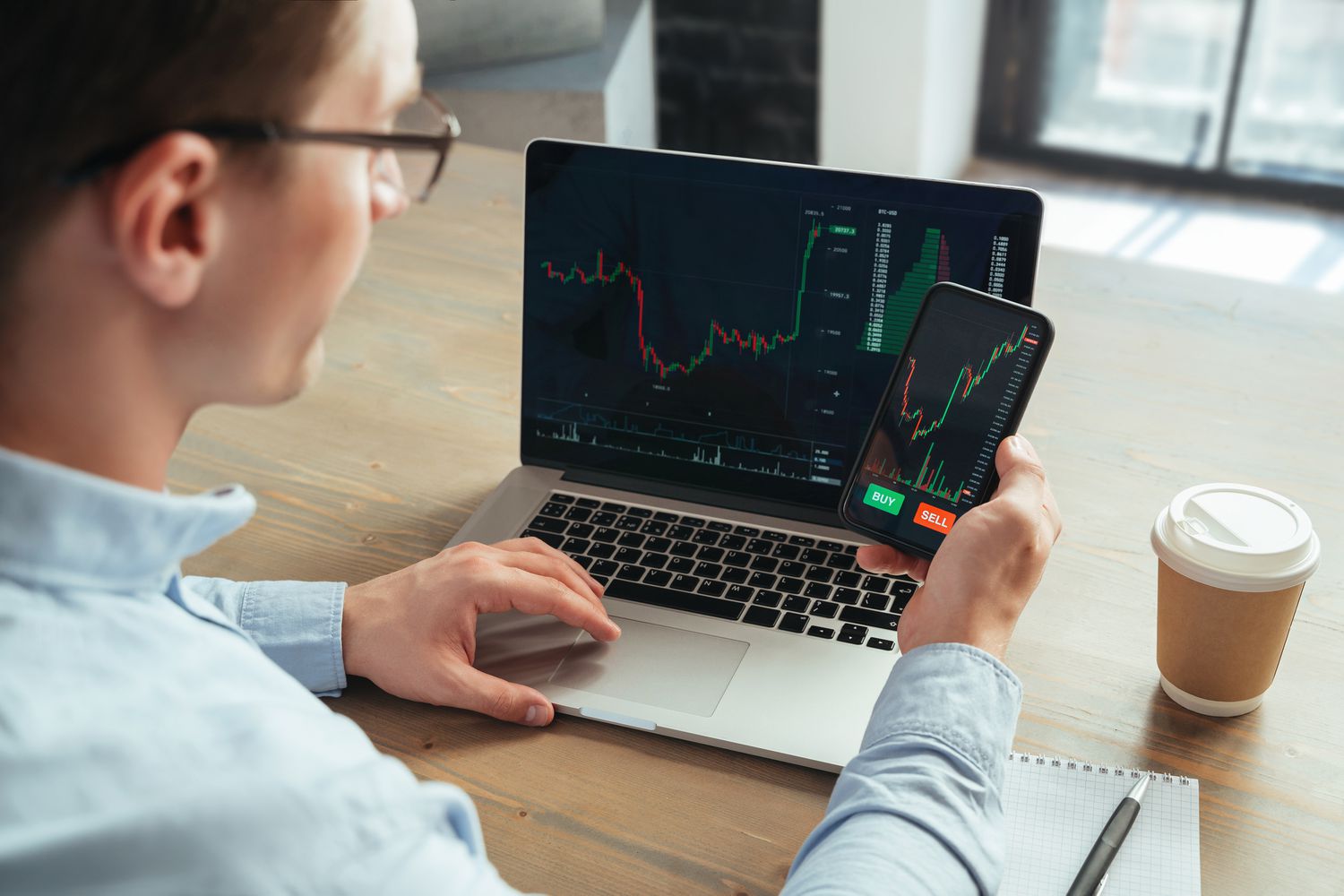
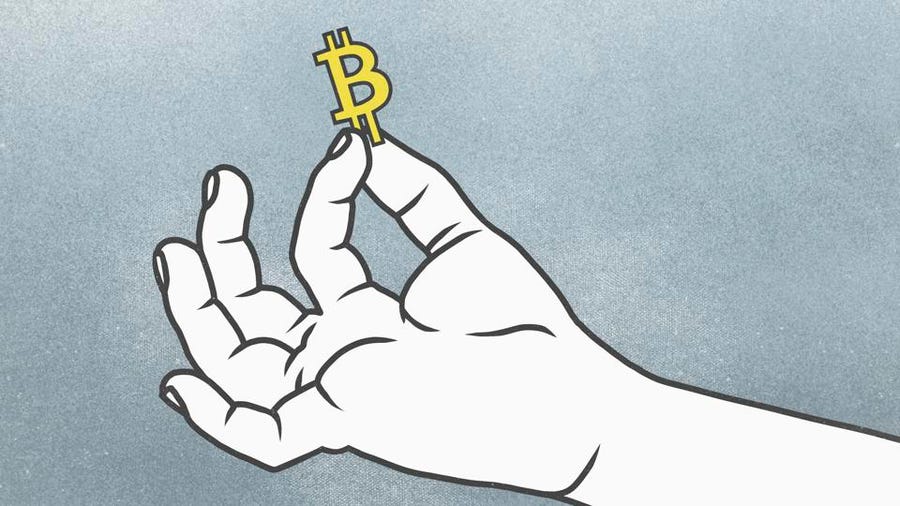
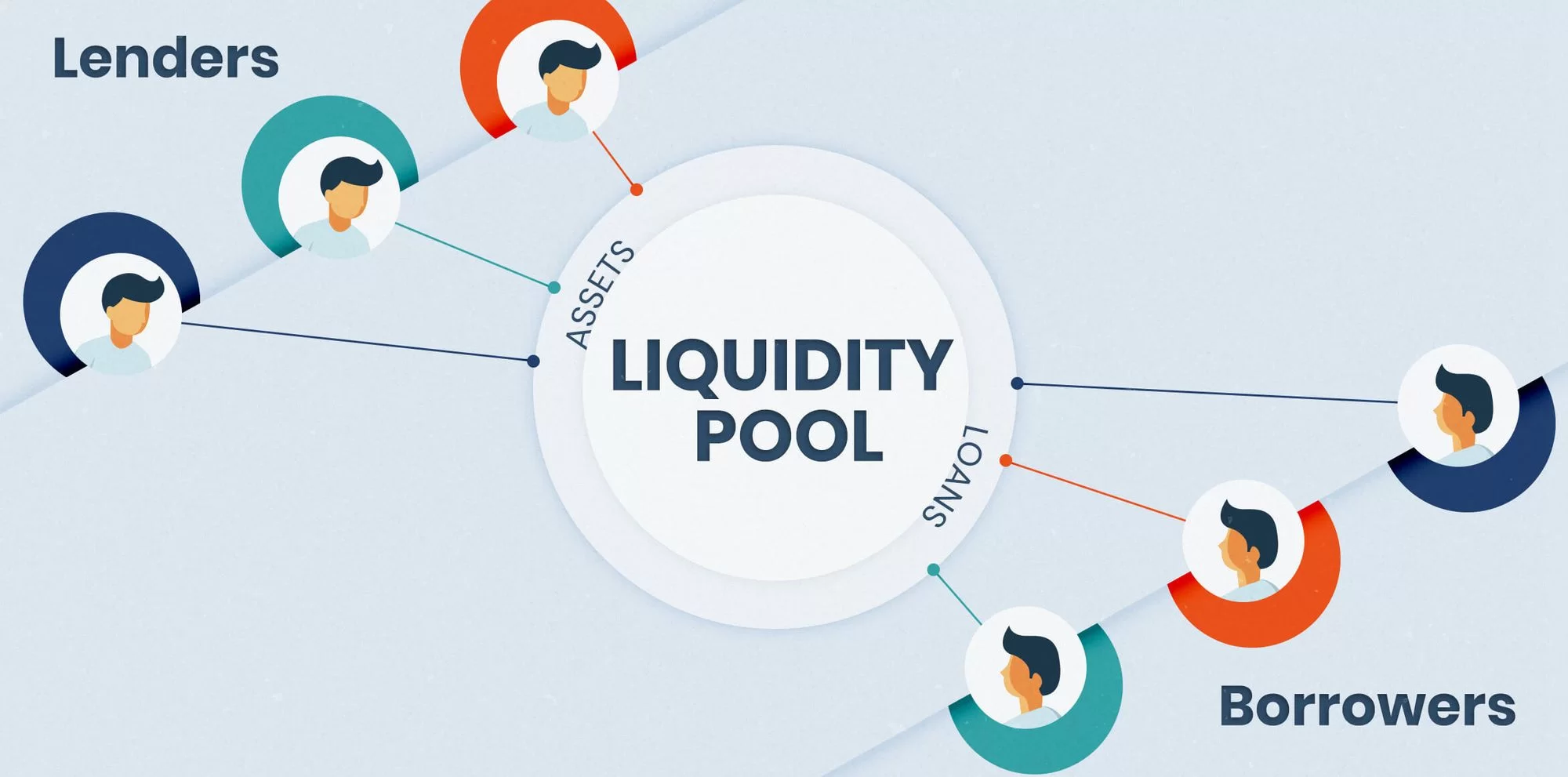
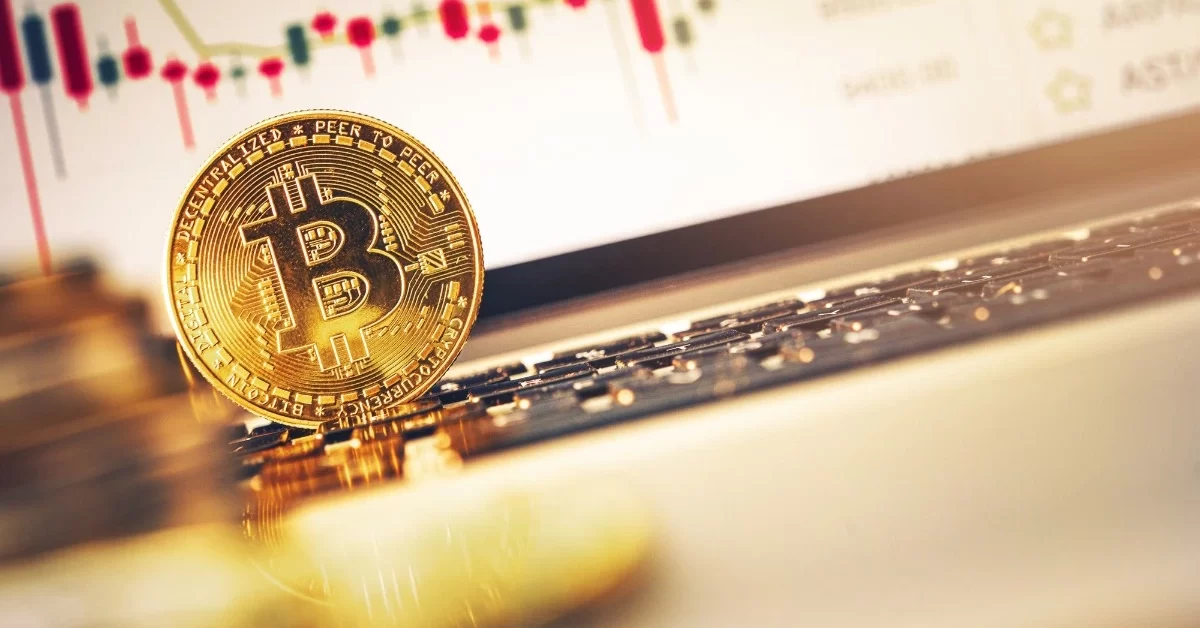
)
